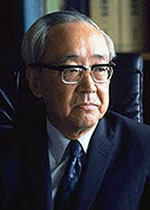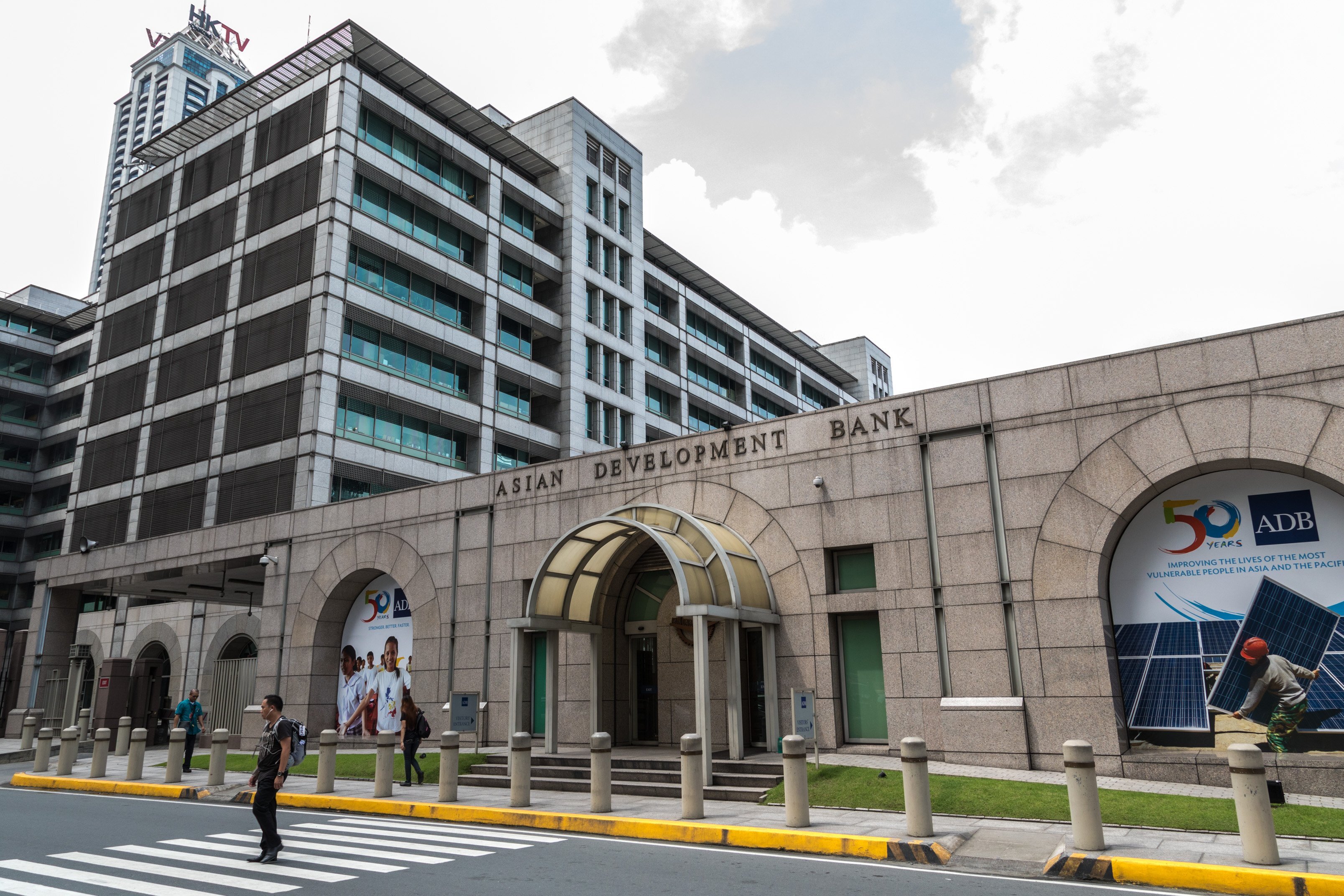The origins of the Asian Development Bank, or ADB, stretch all the way back to 1956 when, following the successes of the Marshall Plan in reconstructing post-war Europe, Japan’s finance minister began talks with America’s Secretary of State to create a financing and development institute for the Asia-Pacific region. Japan even offered to provide most of the initial funding for the newly created institution, but the United States was not interested, and so the plan was shelved.
A second attempt at creating the ADB occurred in 1962 when several leading economists from Japan formed a study group to analyze the potential of creating a development bank for the Asia-Pacific region. Despite the group being helmed by Takeshi Watanabe, a senior economist with the Japanese government, with a plan to structure the ADB similarly to its structure, the World Bank initially discouraged the creation of the ADB.
However, the idea was also simultaneously brought forward at a trade conference for the Economic Commission for Asia and the Far East (CAFE, now known as UNESCAP) in 1963, where it was more warmly welcomed. An expert group was then convened by CAFE to analyze the initiative, and Takeshi Watanabe was chosen as the chairperson.

As American interventions in Vietnam were beginning to expand throughout the 1960s, U.S. President Lyndon B. Johnson felt that the ADB could play a role as part of America’s larger goal to assist Asia, and thus, the United States pivoted to supporting the creation of the ADB, and Takeshi Watanabe was elected as its first president in 1966.
Initially, as Japan was the driving force behind its creation and its primary founder, it was expected that the ADB’s headquarters would be in Japan. However, the ADB decided to put the matter to a vote, and nine members chose Manila in the Philippines versus eight for Tokyo.
What is the Asian Development Bank?
The Asian Development Bank (ADB) was founded on December 19, 1966, as a regional development bank under the leadership of Japan. Its headquarters are located in Mandaluyong in the greater metropolitan area of Manila in the Philippines.
The ADB was created to be a financial institution that would be “Asian in character” as it works to promote economic growth in what remains one of the poorest regions of the world.
Since its incorporation in 1961 with 31 members, Asia Development Bank membership has increased to 69 in 2025.
The majority of members, or shareholders, of the ADB are from 49 nations across the Asia and Pacific region with another 20 other member nations from outside that region.

What Does the ADB Do?
The Asian Development Bank provides loans, technical assistance, grants, and equity investments to countries in the Asia and Pacific region of the world in order to promote social and economic development.
Most of the Asian Development Bank’s early work focused on increasing food production and rural development. However, following the OPEC oil crisis in 1973, the ADB responded by providing more funding for domestic energy development and offering low-interest loans to developing nations. In the 1980s, the ADB established a framework for improving cooperation with non-government organizations (NGOs) in order to better deliver social development efforts in the region. Following the Asian Financial Crisis in 1997, the ADB pivoted towards making poverty reduction a top priority.
Following the Millenium Summit of the United Nations, the ADB committed itself to helping implement the Millenium Development Goals (MDGs) in the region, increasing programs for education, gender equality, and environmental sustainability. Following the SARS epidemic in 2003, the ADB also began working to provide assistance in combating infectious diseases.
Today, the Bank focuses on six key areas that align with the UN’s Sustainable Development Goals (SDGs): education, health, transport, energy, finance, and climate change.
The ADB also works in partnership with NGOs and private companies to improve capital markets and the business infrastructure of developing countries in the region.
In its Annual Report for the year 2023, the ADB reported an overall portfolio of US$116.7 billion, an increase of US$2.6 billion compared to 2022 although the portfolio has remained fairly consistent over the last four years after a significant increase in 2019-2020.
Source: ADB
The bank’s report also defines financial investments by sector, with the top three in terms of receiving the most funds being transportation, energy, and agriculture and natural resources (ANR).
Source: ADB
In terms of financial commitments to members that are developing countries, India ranks first with 14% of the bank’s financial commitment, followed by China, Bangladesh, the Philippines, and Pakistan.
Who Owns the ADB?
The Asian Development Bank’s governing and ownership structure was set up from the beginning on a similar foundation as that of the World Bank in which voting is weighted in proportion to the amount of shares that each member holds in the organization.
As of December 31 2023, Japan and the United States, two of the bank’s founding members, each owned a 15.6% stake, making them the largest shareholders. Other significant stakeholders include the People’s Republic of China (6.4%), India (6.3%), and Australia (5.8%).
In the report, the latest available, the ADB details the assistance given to its developing member countries to deal with the escalating threat of climate change, as well as the effects of various conflicts, food shortages, and rising debt issues in 2023.
According to the report, the bank allocated US$23.6 billion for sustainable development, which includes US$9.8 billion assigned for climate action, with an emphasis on renewable energy, low-carbon transportation, and climate-resilient agriculture.
The report concludes that the climate issue is disproportionately affecting women, children, and marginalized groups, which is leading to severe consequences in Asia and the Pacific. In view of this, the ADB has stated it will release US$100 billion in new funding capacity over the next decade thus doubling its annual lending by 40%.
The Asian Development Bank is operated by a Board of Governors which is composed of one representative from each member state. The Board then votes to choose 12 of their members to serve as the Board of Directors, with eight members coming from members from the Asia and Pacific region and the other four from non-regional members.
The Board of Governors is also responsible for electing a president who serves a five-year term as the chairperson of the Board as well as being responsible for the bank’s operations. Because Japan founded the ADB and remains the largest shareholder of the bank, every single president of the Asian Development Bank has been from Japan.

What Does “ADB” Stand For?
ADB stands for the Asian Development Bank. This is not to be confused with the African Development Bank which usually goes by the acronym “AfDB” whereas the Asian Development Bank is simply known as “ADB”.
What are the ADB’s Goals?
According to the bank’s website, the goal of the Asian Development Bank is to build a prosperous, inclusive, resilient, and sustainable Asia and Pacific region while working to eradicate extreme poverty throughout the region.
The ADB’s goal is to maximize the developmental impact of its financial assistance through providing advisory services, financial resources (including co-financing operations, loans, and grants), equity investments, and by facilitating policy dialogues.

